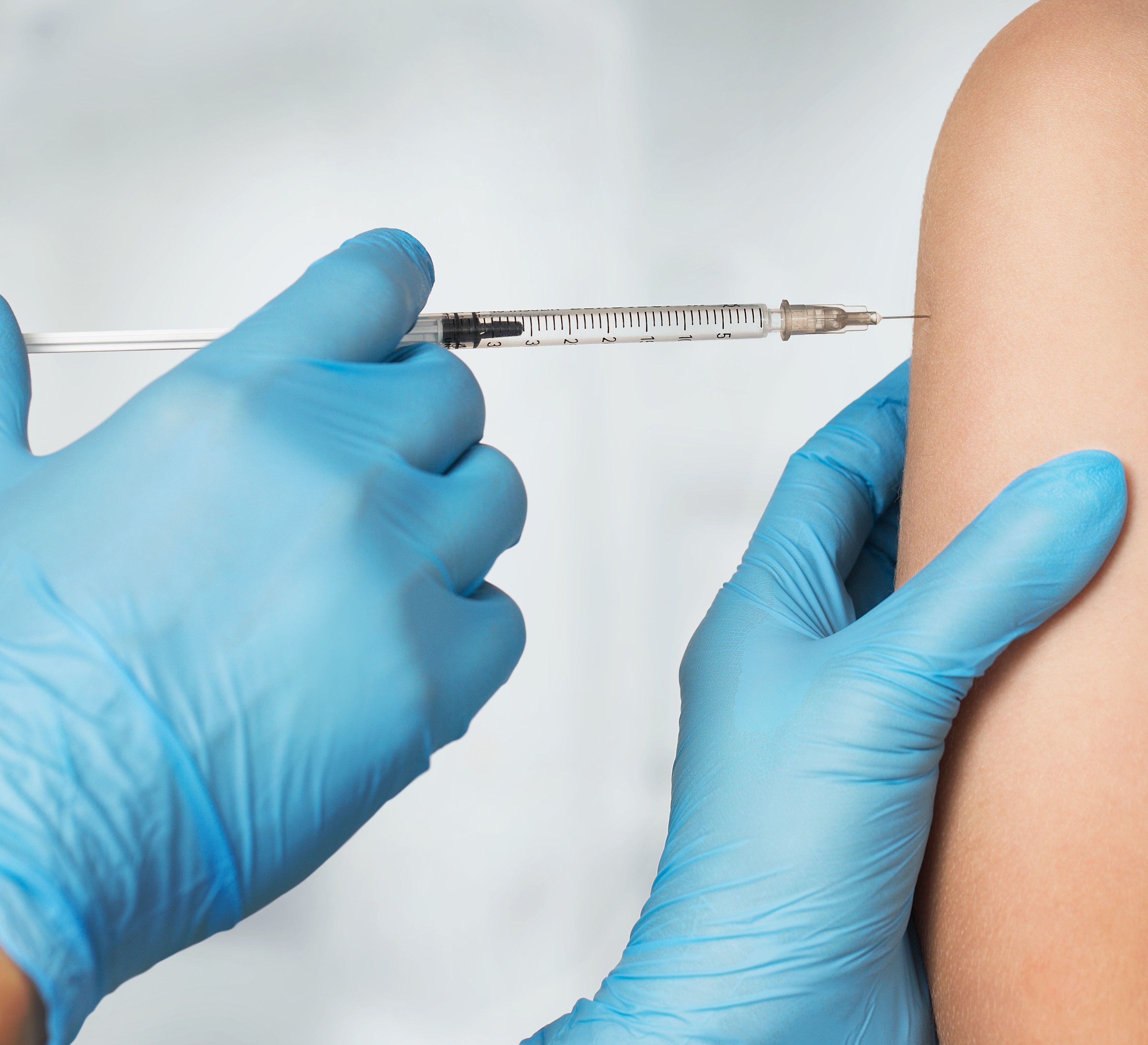
WHAT CARDS WILL YOU PLAY TO IMPROVE YOUR COVID-19 VACCINATION EXPERIENCE?
Anna Taddio | January 5, 2021
Anna Taddio is professor in the Leslie Dan Faculty of Pharmacy at the University of Toronto
In the current COVID-19 pandemic, vaccines have been touted as a critical step in stopping the spread of the virus. However, people must be willing to accept them. Unfortunately, recent Canadian surveys suggest that many people are not, thereby threatening the success of a national COVID-19 vaccination program, and prolonging the pandemic.
The reasons for not accepting vaccines, including those for COVID-19, are complex. Common concerns relate to the safety of vaccines, and the nature of their delivery. For example, the discomfort associated with their administration – that is, the needlestick – is an issue for many people. In Canada, about 1 in 4 adults report they are afraid of needles and about 1 in 10 report that concerns about needlestick pain and fear influence their decision about getting vaccinated.
Everyone reading this article probably knows someone who is afraid of needles or if you don’t, it’s probably because they were too embarrassed to tell you. Often, those administering vaccinations do not acknowledge that pain and fear are important, and people are regularly told to ‘suck it up’. This doesn’t help as it can be interpreted as a lack of caring about the patient’s concerns, thus creating negative attitudes about vaccination.
The good news is injections do not have to hurt as there are many simple, effective, safe and inexpensive methods of reducing needlestick-related pain and fear. The CARD system (Comfort, Ask, Relax, Distract) can help individuals prepare and have a better vaccination experience. Each letter category represents a different group of activities people can play to lessen feelings of pain and fear. Comfort strategies can include sitting upright and wearing a short-sleeved or loose-fitting top that is easy to pull up. If you get dizzy, try keeping your blood pressure up by squeezing your knees together or lying down during vaccination. Asking questions can help you to learn more about the vaccine and what to expect. You can ask about buying a topical anesthetic cream you can put on the skin before vaccination to dull the pain from the needle. They are available without a prescription. Talk to someone you trust, such as a health care provider or family member. Relax by doing things that normally keep yourself calm, like deep breathing or positive self-talk (‘I can do this’). Distract yourself to take your mind off the procedure. Have a conversation with someone or use your cell phone.
While pain and fear are expected side effects of the needle, they do not need to be accepted as barriers to vaccination. It’s about time we listen and reply to people’s concerns about these issues. We wouldn’t have so many adults terrified of needles if we started this in childhood! Let’s teach people about the “CARDs” they can play for a more positive vaccination experience. In doing so, we empower them and reduce unnecessary barriers to COVID-19 vaccination. This improvement has major public health implications as having enough people vaccinated will be a critical factor in allowing us to return to pre-pandemic access to the services and other activities that promote mental and physical well-being for all.
This article initially appeared in the Globe and Mail on January 5, 2021.



